It took five sets for Roger Federer to finds enough holes in the game of the new, improved Jo-Wilfied Tsonga to win 77–64, 4–6, 77–64, 3–6, 6–3 in Men’s quarterfinal play at the Australian Open Tuesday night.
The three-ranked Swiss star wasn’t at his best—his serve and his forehand were missing as often as hitting—but the real factor was the slimmer, quicker, mentally tougher Jo-Wilfried Tsonga who showed up for the match.
Tsonga has shed about fifteen pounds for the 2013 season, so now the big Frenchman has power in his serve and ground strokes but also mobility and endurance.
Tsonga covered the court excellently throughout the very fast-paced three-hour, 34-minute set, and didn’t show any physical effects until the final set, when his serve briefly lost pace, and the 27-year-old showed fatigue between points.
Even then, the seventh-seeded Tsonga marshaled his energy and returned to full power, seemingly through an effort of will.
That was the biggest change—the mental strength. In the past opponents could count on Tsonga fading if he got too far down, slipping into a mental funk and letting sets, and matches, get away from him. Not any more. The new Jo-Willy Tsonga refused to beat himself, whether he was missing easy shots in a tie-break or down two sets after three. Tsonga stayed in the match from first serve to final stroke.
As or Federer, he had breezed through the early rounds, never dropping a set and never losing his serve. The match against Tsonga made up for all that—the Frenchman broke Federer five times. Lacking his two most potent weapons, his serve and forehand, Federer had to depend on foots peed and shot selection, and the margin of superiority was very slim.
He started the match perfectly, breaking Tsonga in his first service game, which might have set the French player on the back foot in the old days. Instead, Tsonga broke back in game six and forced a tie break.
Federer couldn’t convert on break points (only four of 18,) or close out games from deuce—too many missed shots at the worst times (49 winners but 47 errors.)
Federer came through when it really mattered, winning tie-breaks in the first and third sets. Tsonga equally came through when it mattered, winning the second and fourth sets, which kept him in contention in score and in his mind.
Federer’s biggest push came in the final set, when Jo-Wilfried Tsonga finally did start to break down, just a little. The Swiss veteran hit nine winner to only five errors, won 81 percent of his first serves, 78 percent of his second serves, and 82 percent at the net—much better numbers than his average for the rest of the match.
At the same time Tsonga hit 14 errors to only nine winners. He managed five aces, but only won two-thirds of his first-serve points. At times during the set Tsonga sank to a knee, seemingly exhausted; he always jumped back up with renewed energy, but it was clear the strain of five very tight sets against Federer had drained the man.
Even so, Tsonga fought off six break points. He never gave up; Federer had to charge the net and hit a winner to close out the match; Tsonga wasn’t about to go out on an unforced error.
Roger Federer will need to get his best game back to have a chance against Andy Murray, who he faces in the semi-finals. As for Tsonga, the big Frenchman has found a formula which could take him far. A little fine-tuning, and Federer will be facing Tsonga in semi-finals and finals as often as he does Murray and Djokovic now.
The Epoch Times publishes in 35 countries and in 21 languages. Subscribe to our e-newsletter.
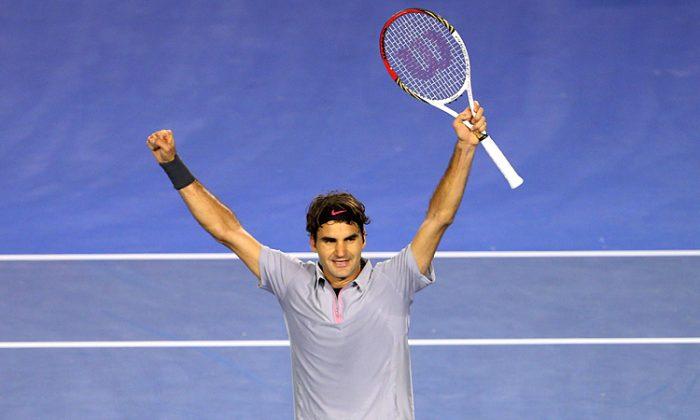


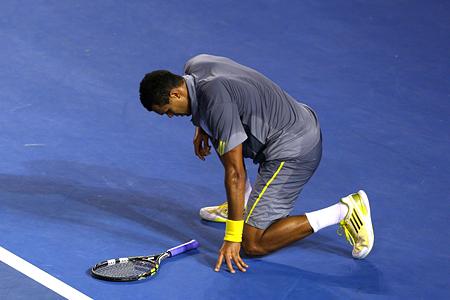
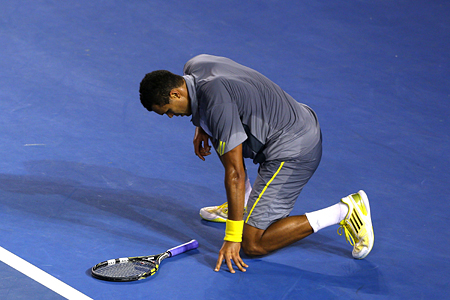
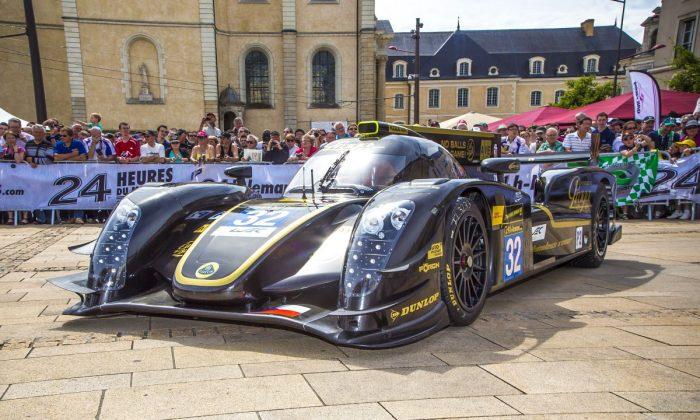
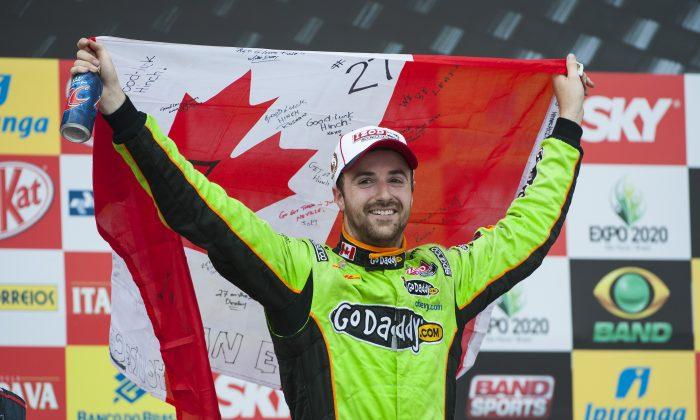
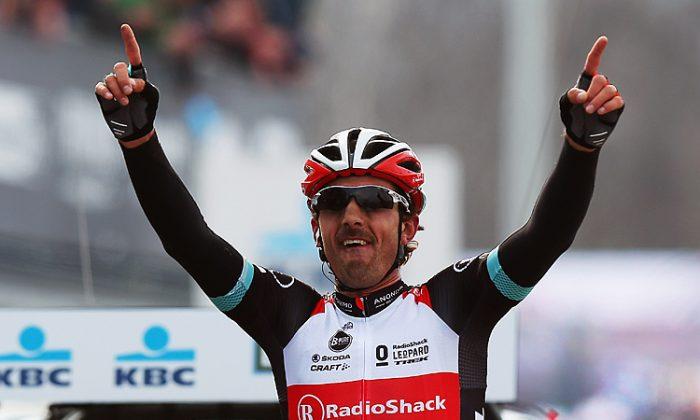
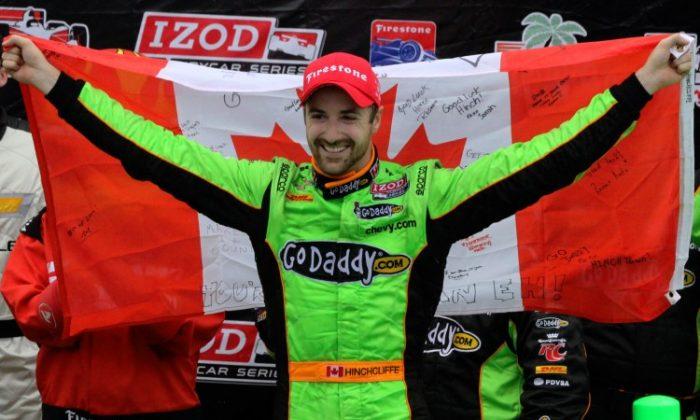
Friends Read Free